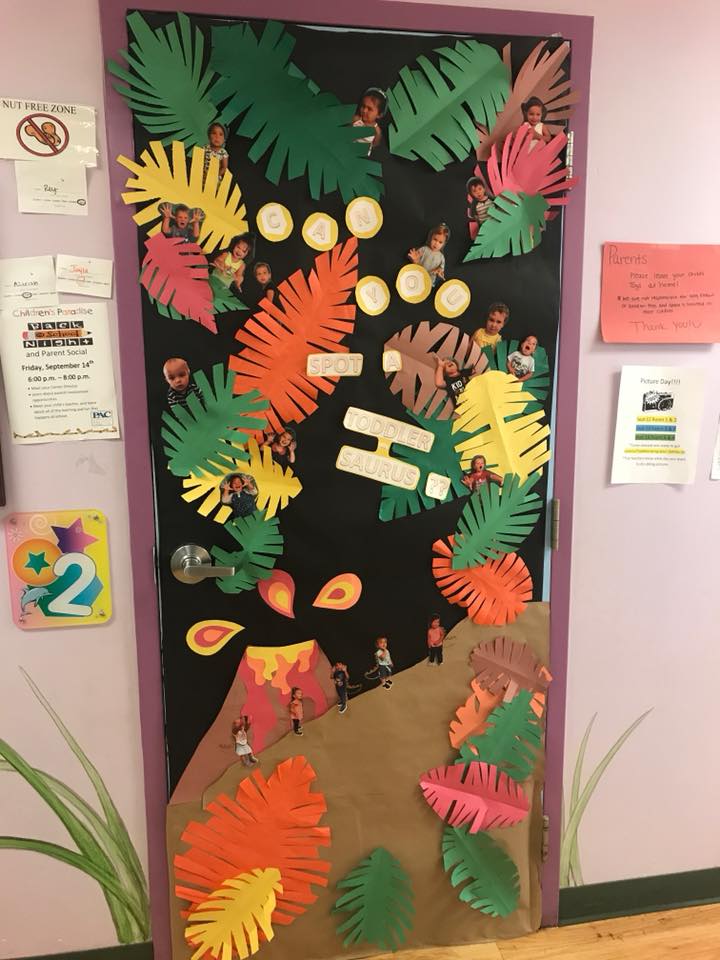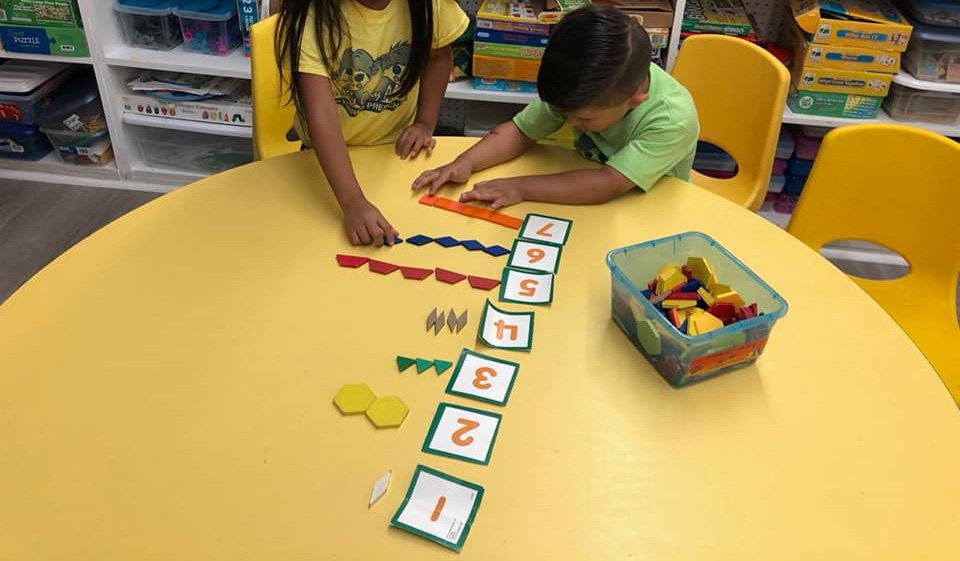bri
introduction on classroom tips
Teachers employ a wide array of strategies in the classroom to create an effective and engaging learning environment. These strategies are designed to cater to the diverse needs of students, promote active participation, and facilitate meaningful learning experiences. In this essay, we will explore some of the key strategies that teachers use in the modern classroom.
1. **Differentiated Instruction**: One of the fundamental strategies in the classroom is differentiated instruction. This approach recognizes that students have different learning styles, abilities, and interests. Teachers tailor their lessons to meet these diverse needs, offering various activities, materials, and assessments to accommodate different learning profiles. This promotes inclusivity and ensures that every student has an opportunity to succeed.
2. **Active Learning**: Active learning strategies encourage students to engage with the material actively. Instead of passively absorbing information, students participate in discussions, problem-solving activities, and hands-on experiments. Techniques such as group work, debates, and interactive simulations not only enhance understanding but also foster critical thinking and collaboration skills.
3. **Formative Assessment**: Teachers use formative assessment strategies to gauge students' understanding and adapt their teaching accordingly. Techniques like quizzes, polls, and exit tickets provide valuable feedback that informs instructional decisions. This ongoing assessment process allows teachers to identify areas where students may be struggling and make timely interventions.
4. **Technology Integration**: In today's digital age, technology is an integral part of the classroom. Teachers use various educational technologies, such as interactive whiteboards, online learning platforms, and educational apps, to enhance instruction. These tools can make lessons more engaging and provide opportunities for personalized learning.
5. **Flipped Classroom**: The flipped classroom model reverses the traditional teaching approach. Students are introduced to new content outside of class through videos or readings, while class time is dedicated to discussions, problem-solving, and application of knowledge. This strategy allows for more in-depth exploration of concepts and fosters active participation during class.
6. **Cooperative Learning**: Cooperative learning strategies encourage students to work together to achieve common goals. This not only promotes teamwork but also helps students develop communication and problem-solving skills. Group projects, peer teaching, and collaborative assignments are examples of cooperative learning activities.
7. **Inquiry-Based Learning**: Inquiry-based learning encourages students to ask questions, explore topics independently, and construct their understanding. Teachers facilitate this process by guiding students through open-ended investigations and research projects. This strategy promotes curiosity and self-directed learning.
8. **Scaffolding**: Scaffolding is a teaching strategy where teachers provide structured support to help students gradually build their understanding. As students gain confidence and proficiency, the level of support decreases. This approach ensures that students can tackle more complex tasks and concepts over time.
9. **Classroom Management**: Effective classroom management strategies are crucial for maintaining a positive learning environment. Teachers establish clear rules and expectations, use positive reinforcement, and address behavior issues promptly. A well-managed classroom provides a safe and conducive space for learning.
10. **Culturally Responsive Teaching**: Recognizing the diversity of today's classrooms, teachers employ culturally responsive teaching strategies to connect with students from various backgrounds. This involves incorporating diverse perspectives, materials, and experiences into the curriculum, fostering inclusivity and promoting cultural awareness.
In conclusion, teachers employ a wide range of strategies in the classroom to meet the diverse needs of students and create effective learning environments. These strategies encompass differentiated instruction, active learning, technology integration, formative assessment, and many others. Effective teaching requires the flexibility to adapt these strategies to the unique needs of each class and student, ultimately fostering meaningful learning experiences.













